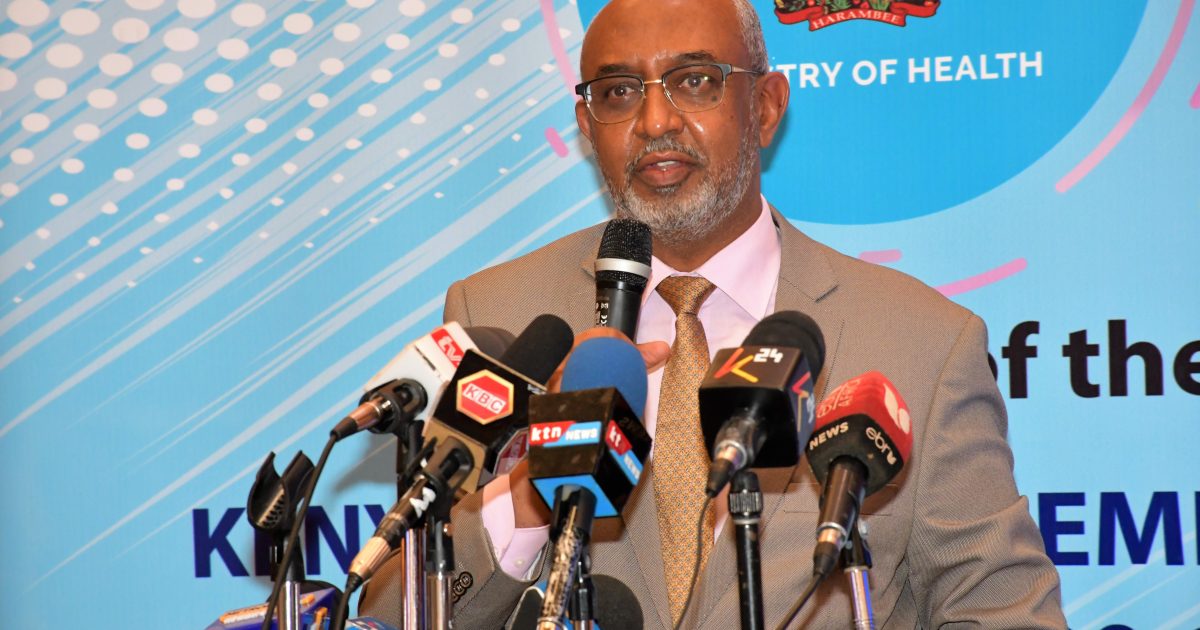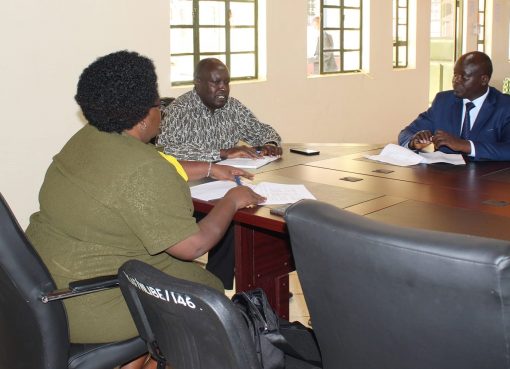The government has reiterated its commitment to working with all stakeholders in the health and allied sectors to ensure improved access to family planning services, which is a component of reproductive health as enshrined in the country’s Constitution.
Ministry of Health Chief Administrative Secretary (CAS) Dr. Rashid Aman said that the Ministry of Health has undertaken to bridge the financing gap on family planning through a formidable transition plan.
He said that in the financial year 2020/2021, the government disbursed USD 5.1 million to Family Planning commodities against the allocated USD 7.9 million in addition to Development Partners USD 3 million yet Kenya requires USD 20 million to finance these strategic commodities.
“In order to bridge this gap, the government and development partners agreed on a formula that would have family planning fully financed domestically by 2024,” said Dr. Aman.
The CAS who was speaking on Sunday during the world contraception day at a Nairobi Hotel, said statistics from the Kenya health information system on financial year 2019/2020 has shown that family planning visits dropped to about 5 million from 5.4 million the previous year.
He attributed the drop to reduced hospital visits and loss of income due to the Covid-19 pandemic.
Studies have also shown that every dollar spent on family Planning ended up saving up to six dollars that could then be invested in improving health outcomes of the mother and child.
Speaking at the event, the Director General of the National Council for Population and Development (NCPD) Dr. Mohamed Sheikh said that as NCPD continued to play its rightful role, it would work in unison with the Ministry of Health, the Division of Reproductive and Maternal Health, the government ministries and departments, county governments and key stakeholders to address family planning concerns for the realization of national, regional and international commitments.
He said while Kenya’s Total Fertility Rate (TFR) has dropped in the last decade from 4.6 to 3.4 births per woman between 2009 and 2020, there were notable variations among counties.
“Some counties such as Kirinyaga reported low number of births per woman of reproductive age (15-49), while women in the Northern Region reported high births of up to 5 per woman,” he added.
He said the variations were also notable in the uptake of family planning services where Kirinyaga County leads with a modern Contraceptive Prevalence Rate (mCPR) at 77.5 per cent among married women compared to Mandera County with mCPR of 2.3 per cent in 2020 while the national rate stood at 61 per cent, Contraceptive Prevalence Rate (CPR) was 68 per cent for all methods and a demand satisfaction of 77 per cent.
According to the Ministry of Health, more than half of women using contraceptives at 54 per cent use injectables as a preferred contraceptive method with emergency contraception and female condoms being the least at 1 per cent.
By Hamdi Mohamud





